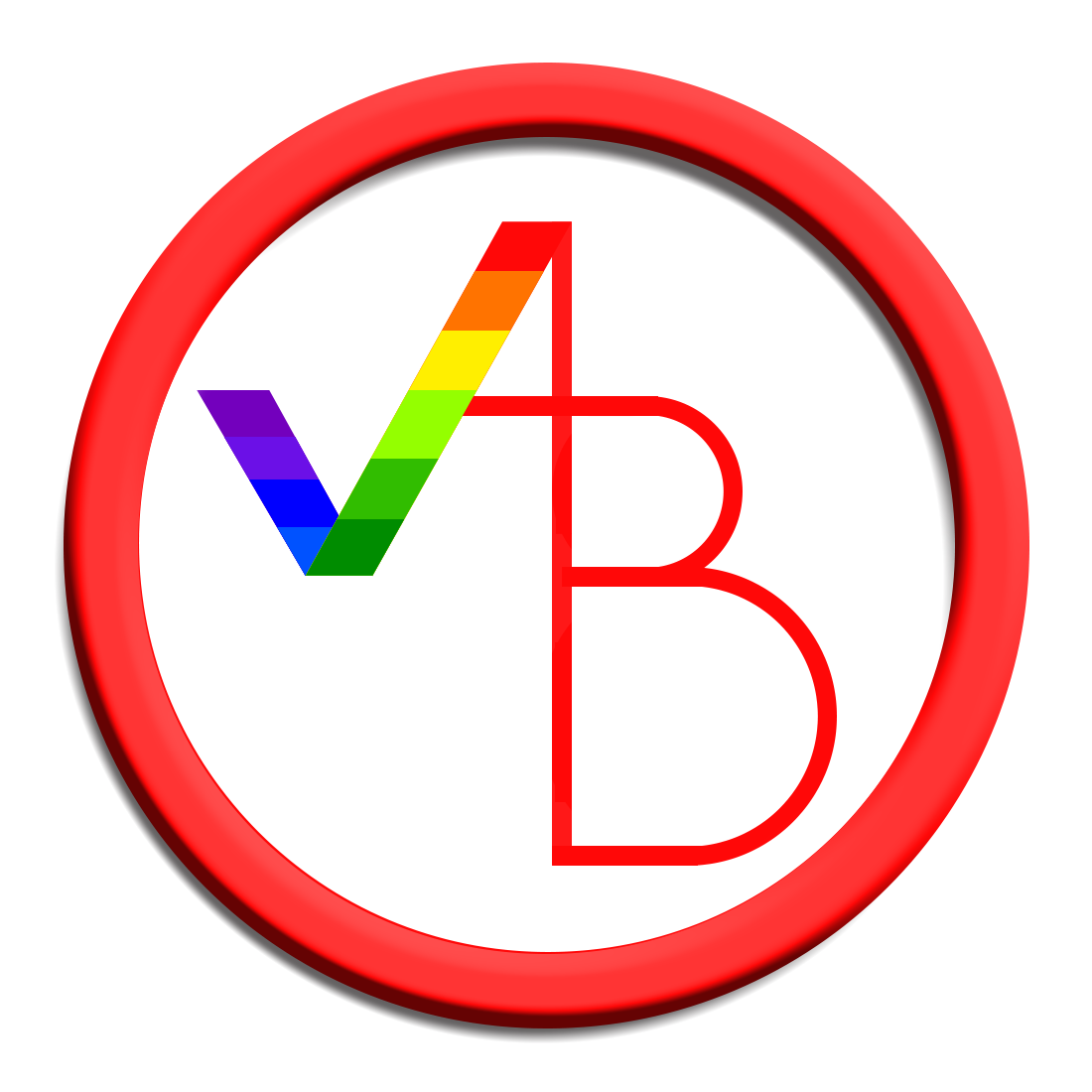My next conference for this year is Social Media & Society 2018, where I’m also presenting two papers with different research teams. The first session I’m in starts with Jeff Hemsley, who highlights the need to look at niche social media sites in addition to Facebook and Twitter.
Therefore, his focus here is on Dribbble: a site for designers that asks “what are you working on”, and uses basketball metaphors (players, shots, rebounds, playoffs) for users, posts, etc. The site does not provide affordances for content sharing, however, because designers see this as an unauthorised use of their work. Actors participating in this site include content producers, support staff (e.g. at relevant software providers), and customers; their participation informs production, mediates cooperation, and helps define what is ‘good’ art.
Can viral events happen in this context? Normally, such events happen through processes of negotiated diffusion, but how does this work in a site that does not provide overt functionality for content sharing? What is diffusing here, and how? The first question is what we might consider to be viral: what is the threshold (in terms of the number of views, or other metrics) for virality? As in other sites, there is a long-tail distribution for the views of ‘shots’ (posts); this form of viral attention usually happens suddenly and unexpectedly, and also tends to generate more followers for posters.
Users also perceive the presence of trends on the site: these may be exogenous (where they are prompted by external events, such as Apple’s launch of the touch bar) or endogenous (as users and site operators noticed a preponderance of purple images, and this led to the posting of even more purple images). This kind of virality is not driven by sharing (and thus copying), but by inspiration: other people’s works inspire elements in one’s own art.
This means that there are fundamental human behaviours happening across social media sites, which manifest differently given the specific affordances of each site. Virality reflects human attention and personal influence, and this happens both top-down (by algorithms and influential users) and bottom-up (by the crowd) – and the focus is largely on good art and interesting design problems.












